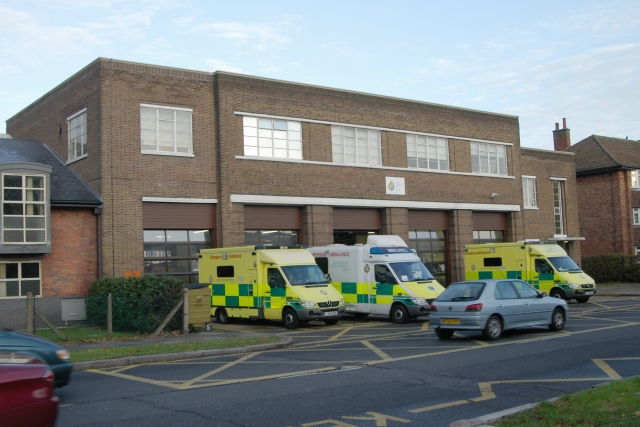Hannah Postles was diagnosed with type 1 diabetes at the age of 26. She had plenty of symptoms: she was thirsty, despite drinking plenty of water; she’d lost weight; and her vision was blurred. Despite having so many symptoms, her GP dismissed the possibility of it being type 1 diabetes, suggesting that she was too old to develop the disease.
Eventually Hannah was diagnosed with type 1 diabetes, but received little in the way of care. She describes feeling that ‘as an adult, you’re pretty much left to get on with it.’
Diabetic Ketoacidosis
Three years later Hannah, a media relations officer for the University of Sheffield, was lying on the floor of her home, struggling to breathe. Just the day before she was a bridesmaid at her sister’s wedding. She was, in her own words, “full of energy, running around chasing my baby nephew. Family and friends had commented how well I looked.”
She became ill the next day. Unbeknownst to her, the levels of sugar in her blood were so high that her body was becoming acidic. Her colleagues, concerned by her absence from work, went to her flat. They found her almost unable to breathe.
Upon arriving at hospital, Hannah was immediately admitted to intensive care, where she remained for a week. She was suffering from diabetic ketoacidosis (DKA), a condition caused by consistently high blood glucose levels. A severe lack of insulin forces the body to break down other tissues in the body to make energy. Ketones – poisonous chemicals that cause the body to become acidic – are produced as a result.
Complications
Hannah gained 4st in fluid because her kidneys couldn’t cope. Her weight rose to 12st, then quickly dropped to 7st. She describes her first attempt to walk to the toilet since being hospitalised. She collapsed, and had to lie on the floor until a nurse heard her calling for help: “My body didn’t feel like my own. My legs were like tree trunks, my arms like Popeye’s and I could barely waddle a few steps. I felt like I had no dignity left. I cried.”
Hannah was lucky to survive the ordeal. Many people who have found themselves in similar situations haven’t. In July 2012, Nicky Rigby, a new mother from the Wirral, died as a result of her DKA, which occurred as a result of her undiagnosed type 1 diabetes.
Awareness
Hannah’s story highlights the importance of taking type 1 diabetes in adults seriously. The perception that the condition is something that happens exclusively to children can be highly damaging to patients if their medical needs are ignored. When type 1 is diagnosed in adults, it’s often only after the patient has suffered with the effects of diabetic ketoacidosis.
Hannah is calling for greater support for young adults with type 1 diabetes. After her own diabetes care consisted of being given a crash course in diabetes, a bag of needles, and being shown how to inject herself, she wants to raise awareness of type 1 diabetes in adults. Research suggests that the number of people who develop type 1 diabetes during their adulthood is actually greater than those diagnosed as children; adults are assumed to have type 2 diabetes until they shows signs of being dependent on insulin injections.
Perhaps, with a greater awareness of the symptoms and risks of type 1 diabetes, fewer people will have to suffer like Hannah did.




